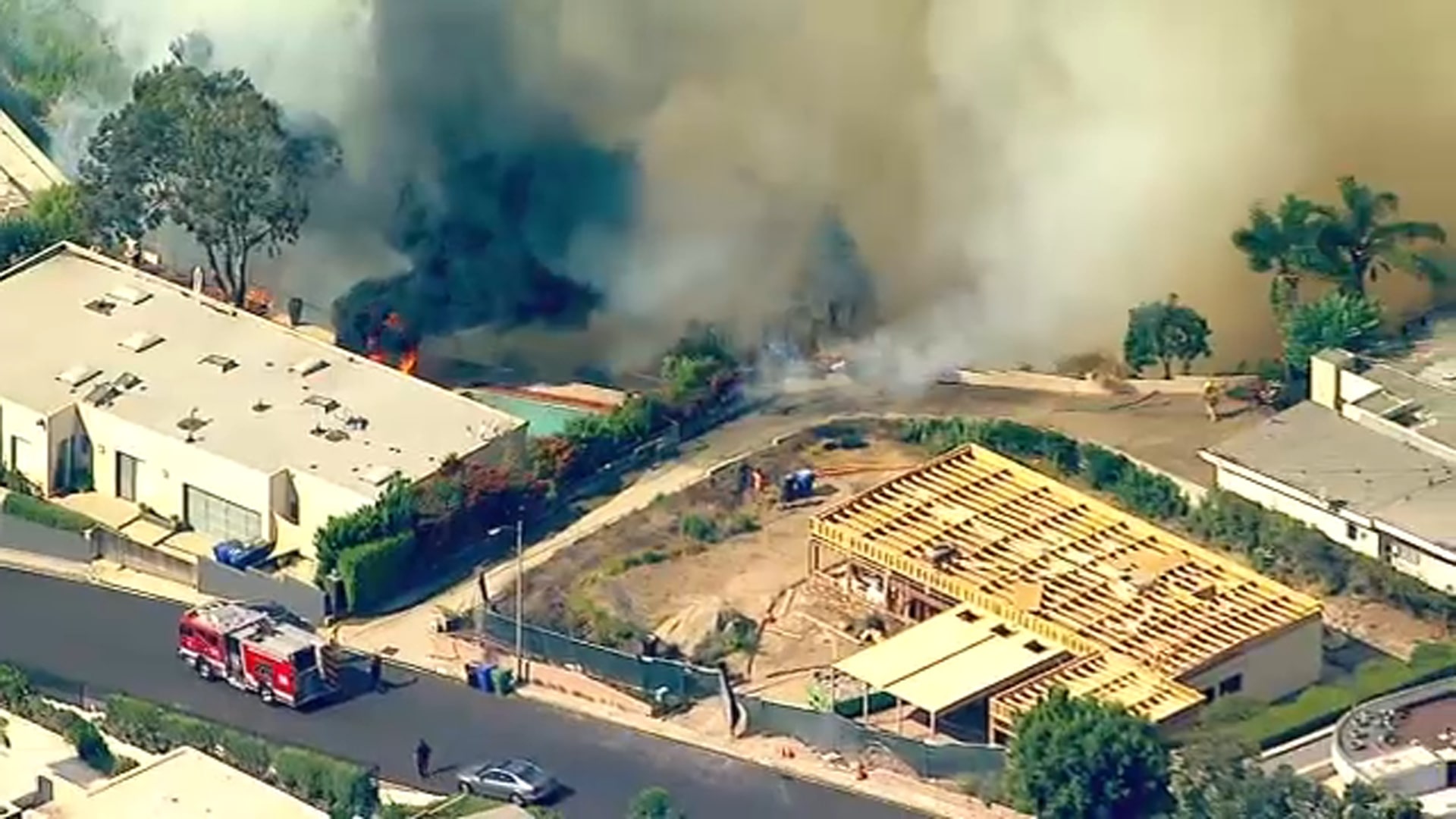
The Palisades Fire, a destructive wildfire that ignited in the early hours of May 14, 2023, has left an unforgiving scar on the landscape of Los Angeles, California. This immense blaze has swept through 1,262 acres, consuming homes, businesses, and precious natural habitats in its relentless path.
The fire's rampage has caused immeasurable pain and loss for the affected communities. Over 1,000 structures have been destroyed, including homes, apartments, and businesses. As the flames continue to rage, the death toll has risen to a heartbreaking 24, with dozens more injured.
The Palisades Fire presents a complex web of challenges for emergency responders, policymakers, and the affected population alike. The fire's rapid spread was fueled by a combination of factors, including high winds, dry vegetation, and steep terrain. Firefighters have faced extreme conditions, battling towering flames and toxic smoke while risking their own lives to contain the blaze.
Compounding the devastation, the fire has caused significant ecological damage. Extensive areas of natural habitat have been incinerated, displacing wildlife and posing threats to the delicate ecosystem. The loss of vegetation and topsoil increases the risk of erosion and flooding, further exacerbating the environmental crisis.
The Palisades Fire has sparked a range of perspectives and controversies. Some experts have criticized the lack of proactive wildfire management practices, such as prescribed burns and fuel reduction initiatives. Others emphasize the influence of climate change, arguing that rising temperatures and altered weather patterns are contributing to the increased frequency and intensity of wildfires.
Environmentalists have raised concerns about the ecological consequences of the fire and called for strict regulations on construction and development in fire-prone areas. Local governments and developers face the dilemma of balancing economic growth with the need to mitigate wildfire risks, presenting a complex challenge.
The Palisades Fire serves as a sobering reminder of the devastating consequences of wildfires and the urgent need for comprehensive solutions. Experts agree that a multifaceted approach is required, combining proactive wildfire management strategies, responsible land-use planning, and community preparedness.
Informed decision-making based on scientific research is crucial. Governments and agencies must invest in research to better understand wildfire behavior, develop effective prevention measures, and improve early detection systems.
Community education and outreach are essential to foster a culture of wildfire awareness and preparedness. Residents need to be informed about evacuation procedures, fire safety measures, and the importance of reporting suspicious activity.
The Palisades Fire has left an indelible mark on the fabric of Los Angeles, forever etching its devastation in the minds of those impacted. Amidst the ruins, the spirit of resilience and unity has emerged, with communities coming together to support each other through the unimaginable.
The fire serves as a catalyst for critical examination and the implementation of long-term solutions to mitigate the risks and consequences of wildfires. By embracing a proactive and collaborative approach, we can forge a path forward that builds resilience and reduces the devastating impacts of these catastrophic events.
Comments
Post a Comment